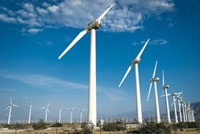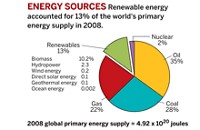Advertisement
Grab your lab coat. Let's get started
Welcome!
Welcome!
Create an account below to get 6 C&EN articles per month, receive newsletters and more - all free.
It seems this is your first time logging in online. Please enter the following information to continue.
As an ACS member you automatically get access to this site. All we need is few more details to create your reading experience.
Not you? Sign in with a different account.
Not you? Sign in with a different account.
ERROR 1
ERROR 1
ERROR 2
ERROR 2
ERROR 2
ERROR 2
ERROR 2
Password and Confirm password must match.
If you have an ACS member number, please enter it here so we can link this account to your membership. (optional)
ERROR 2
ACS values your privacy. By submitting your information, you are gaining access to C&EN and subscribing to our weekly newsletter. We use the information you provide to make your reading experience better, and we will never sell your data to third party members.
Environment
NRC On Impacts Of Rising Temperatures
by Cheryl Hogue
July 26, 2010
| A version of this story appeared in
Volume 88, Issue 30
A report from the National Research Council estimates how much change in precipitation and crop yields may occur for each degree of human-caused global warming. The report differs from other analyses by linking these changes to global average temperature rise rather than to atmospheric levels of greenhouse gases. Most of the effects of climate change will stem from rising temperatures, says Katharine Hayhoe, a member of the NRC committee that prepared the report. A notable exception is ocean acidification, which will result from increased CO2 levels, adds Hayhoe, an associate professor of geosciences at Texas Tech University. The report estimates a reduction in rainfall of 5–10% in southwestern North America, the Mediterranean area, and southern Africa per degree Celsius of warming. In addition, the report projects crop yields will fall 5–15% per degree for corn grown in the U.S. and Africa and for wheat in India. These estimates apply for global warming in the range of 1 to 4 °C. The report stops short of making recommendations for stabilizing greenhouse gas levels in the atmosphere. “Scientists can’t make the decisions of how much risk is acceptable. That’s a political decision,” Hayhoe explains. “Rather, we’re trying to give policymakers the information they need to make these decisions.”




Join the conversation
Contact the reporter
Submit a Letter to the Editor for publication
Engage with us on Twitter